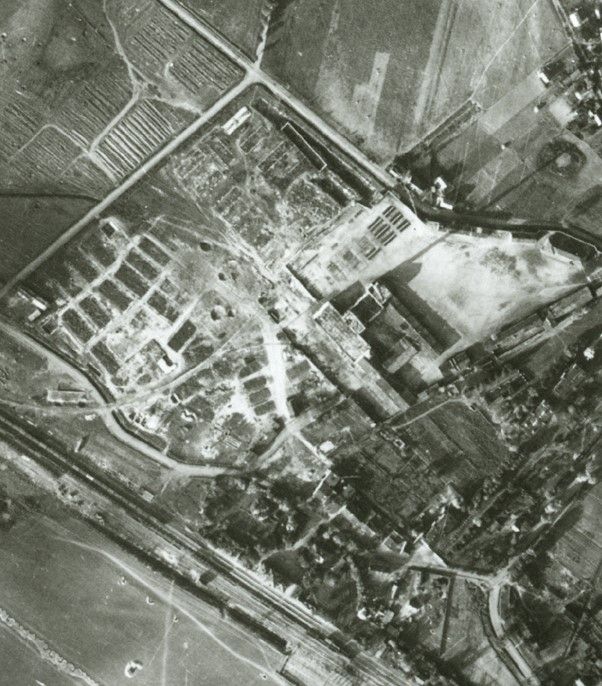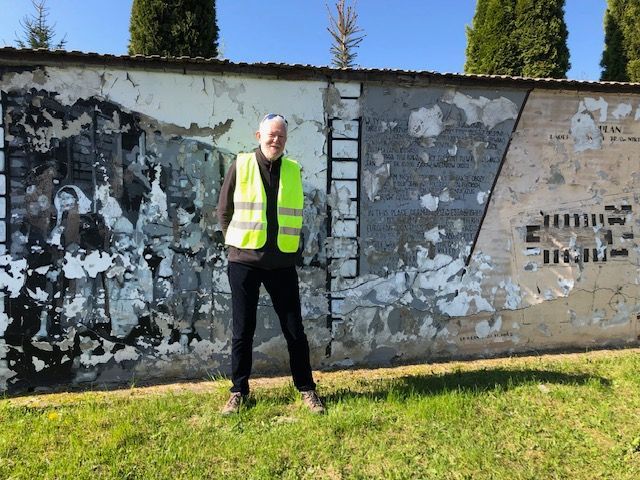Image Copyright of Geomni UK, part of Verisk inc. 2020
Image Interpretation
Aerial Photo analysis is part art, part science. Interrogated effectively, aerial images can yield highly important information much of which can be directly transferred to maps.
Seppe Cassettari, since his time working for the Ministry of Defence, and Chris Going have been interpreting aerial imagery for nearly all their working lives.
As a young archaeologist Chris used crop stress patterns from the 1973 droughts to bring to light thousands of previously unknown settlement sites. More recently he developed a methodology which involved interpreting wartime reconnaissance imagery of bombed areas to create ‘peril mapping’, assessing unexploded ordnance risk.
Seppe and Chris used their skills to develop practical means of characterising UK residential building stock, profiling it by age and type in increasing detail using progressively higher resolution survey photography and then finally developing methods to characterise non-residential structures as well.
At the same time we embarked on other analysis projects with an environmental slant, for example, identifying relic woodland which led to a 53% increase of ancient woodland recorded in Wales.
We have also been involved with the interpretation of imagery for forensic purposes, principally certain holocaust and possible massacre sites, examining imagery of Treblinka, parts of the Channel islands, Ukraine, and also the former Yugoslavia.

Trawniki Project
GeoHistoric has been contributing our specialist skills in historic aerial imagery and GIS to a holocaust project in the Trawniki area run by a team from Huddersfield University Archeology Department led by Prof Caroline Sturdy-Collins.
The project is looking at ….. with the aim of….
Chris has been undertaking an analysis of all the features in the various aerial images to support the forensic archeology gathered from several seasons of fieldwork. Seppe has been building a QGIS database of present day Trawniki and an interpreted map based of the features that existed in the 1944-45 period.
Some of the early published results can be found at ….. A full report is due to be published in due course.

Trawniki Project
Chris and Seppe at the memorial wall to the victims of the Trawniki site, near the Poland/Ukraine border in 2024.
